Urbanization and Space Constraints
The rapid pace of urbanization is creating unique challenges and opportunities for the Vertical Farming Produce Market. As urban populations continue to grow, the demand for efficient food production systems becomes increasingly critical. Vertical farming offers a solution to space constraints in urban areas, allowing for food production in limited spaces. Market analysis indicates that urban areas are projected to account for over 70% of the global population by 2050, intensifying the need for innovative agricultural solutions. This trend is likely to drive the expansion of the Vertical Farming Produce Market, as urban planners and developers seek to integrate food production into city landscapes.
Rising Consumer Demand for Fresh Produce
Consumer preferences are shifting towards fresh, locally sourced produce, which is significantly impacting the Vertical Farming Produce Market. As awareness of the benefits of fresh produce grows, consumers are increasingly seeking out options that are not only nutritious but also environmentally friendly. This trend is reflected in market data, indicating that sales of fresh produce have risen by approximately 20% over the past few years. Vertical farming, with its ability to provide fresh produce year-round, is well-positioned to meet this demand. The convenience of having fresh produce available in urban areas further enhances the appeal of the Vertical Farming Produce Market, suggesting a promising trajectory for future growth.
Technological Innovations in Agriculture
Technological advancements are playing a pivotal role in shaping the Vertical Farming Produce Market. Innovations such as hydroponics, aeroponics, and advanced LED lighting systems are revolutionizing the way crops are grown. These technologies not only enhance yield but also reduce resource consumption, making vertical farming more sustainable. Recent studies indicate that vertical farms can produce up to 10 times more food per square foot compared to traditional farming methods. As these technologies continue to evolve, they are likely to attract more stakeholders to the Vertical Farming Produce Market, fostering a competitive landscape that encourages further innovation and efficiency.
Government Support and Policy Initiatives
Government initiatives aimed at promoting sustainable agriculture are significantly influencing the Vertical Farming Produce Market. Various countries are implementing policies that support vertical farming through subsidies, grants, and research funding. These measures are designed to encourage the adoption of innovative farming practices that align with environmental sustainability goals. For instance, some governments have set ambitious targets for reducing carbon emissions in agriculture, which vertical farming can help achieve. As these policies gain traction, they are expected to bolster the growth of the Vertical Farming Produce Market, creating a more favorable environment for investment and development.
Increased Investment in Vertical Farming Produce Market
The Vertical Farming Produce Market is witnessing a surge in investment from both private and public sectors. This influx of capital is primarily driven by the growing recognition of vertical farming as a viable solution to food security challenges. In recent years, investments have increased significantly, with estimates suggesting that the market could reach a valuation of over 10 billion dollars by 2026. This financial backing is facilitating the development of advanced technologies and infrastructure, which are essential for enhancing productivity and efficiency in vertical farming operations. As investors continue to recognize the potential returns associated with sustainable agricultural practices, the Vertical Farming Produce Market is likely to experience accelerated growth.


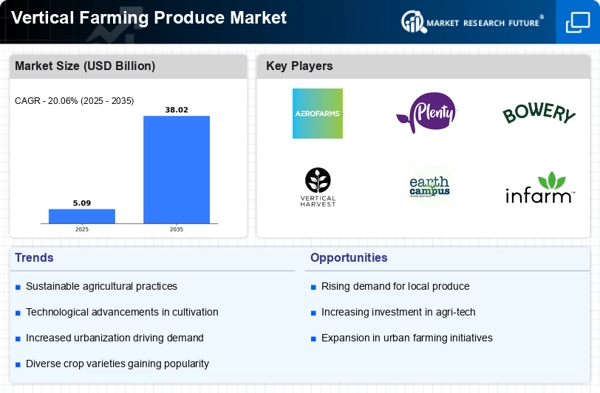
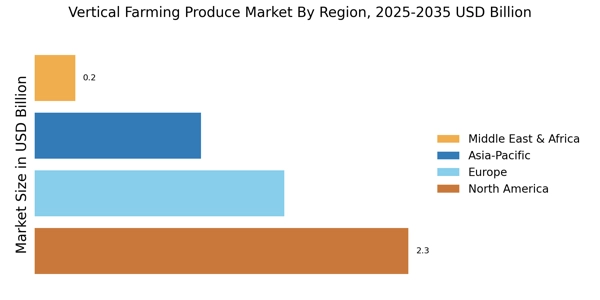
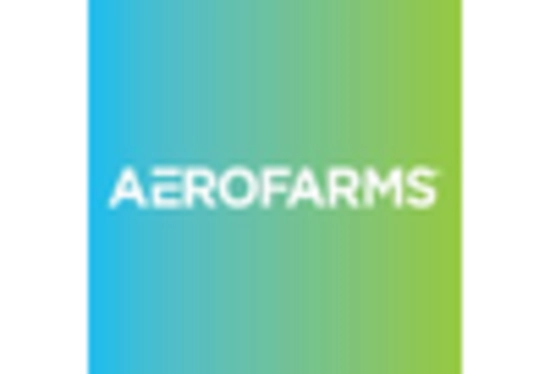


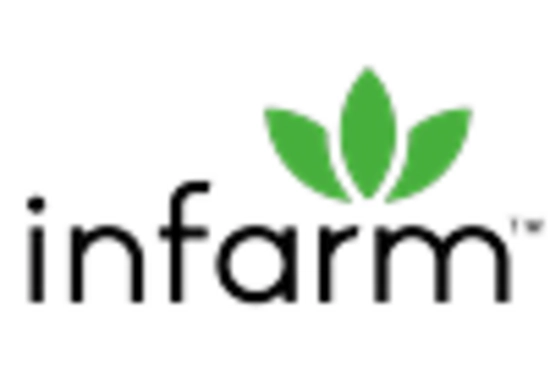

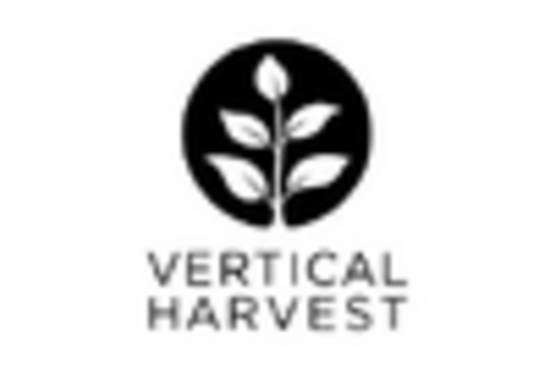








Leave a Comment